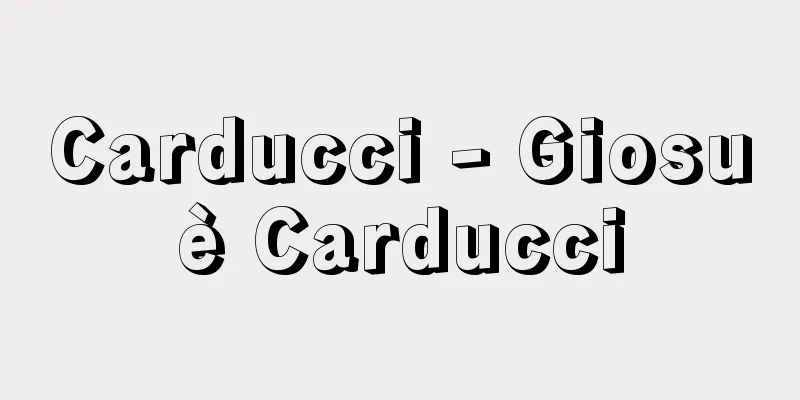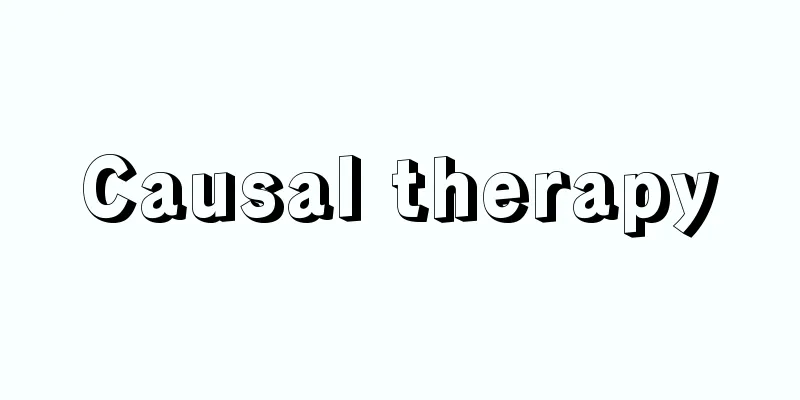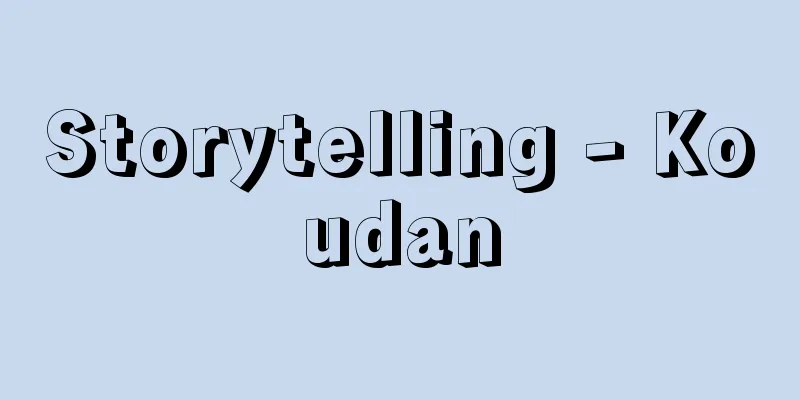Glenohumeral dislocation

What kind of injury? The shoulder joint is a small plate (the joint of the shoulder blade). When dislocated, in young people, the joint capsule (the bag that encases the joint) is torn or ripped from the shoulder blade side, while in older people, the muscles that encase the joint are torn at the part where they are attached to the humeral head (called the rotator cuff). Dislocations can also damage the nerves that go to the shoulder, arm, and hand, and the rate of damage increases with age. In addition, fractures of the bony protuberances (called tuberosities) on the outside and front of the humeral head are often involved. Depending on the direction of the humeral head deviation In addition to dislocations, where a joint is completely dislocated, there are also cases where the joint easily returns to its original position after being dislocated. What is the cause?Anterior dislocations occur when the arm is forcibly moved to the side, back, or upwards while trying to support the body during a fall. They can also occur when the outside of the shoulder is hit hard during a fall or when the arm is moved to the side, back, or upwards while playing sports. Posterior dislocations occur when you throw your arm out in front of your body during a fall or when you hit the front of your shoulder hard. Inferior dislocations occur when the arm is forced upward from the side. How symptoms manifestImmediately after the injury, there is severe shoulder pain, and the arm becomes immobile in a characteristic position depending on the direction of the dislocation: in an anterior dislocation, the elbow is pulled forward and to the side of the body, in a posterior dislocation, the elbow remains close to the body but the whole arm is twisted inward. In a downward dislocation, the arm is held up to the side and cannot be lowered. With a subluxation, initially the arm is immobilized as described above, but when you move your body, your shoulder moves suddenly, the pain suddenly relieves (the dislocation returns to its natural position), and your shoulder becomes movable. In dead arm syndrome, the arm is immobilized for a few minutes due to pain, but then it gradually becomes movable again. In either case, the pain when moving the shoulder lasts for several days to a week. Testing and diagnosisThe diagnosis can be made by palpation of the characteristic fixed position of the arm and the dislocated humeral head, and by testing to see whether the nerves are injured. The diagnosis of subluxation or dead arm syndrome that has returned before the patient visits can mainly be inferred from the patient's story, so it is important to tell the doctor in detail the circumstances of the injury and symptoms. The basic examination is X-rays taken from two different angles. Other X-rays or CT scans may be added if necessary. MRI may be performed in cases of subluxation or dead arm syndrome. Treatment methodsThere are many methods for correcting a dislocation (called reduction), but because there are various risks involved, a method of reducing the dislocation all at once is not currently used; rather, the dislocation is reduced slowly over time. The most common methods are to attach a weight to the wrist of the patient lying on the stomach on the bed and pull it, or to gradually raise the arm of the patient lying on the floor while pulling it. The reduction method is different only for lower dislocations, where the arm is pulled upward at its maximum position. However, in some patients, reduction cannot be achieved using these methods and may require general anesthesia and surgery. After reduction, x-rays are taken again and surgery is performed if the associated fracture remains significantly displaced. In other cases, the arm will be immobilized using a sling or similar for at least three weeks, but the position in which the arm is immobilized will depend on the direction of the dislocation. After that, shoulder movement is gradually restored, but movements in the direction that caused the dislocation are prohibited for 6 to 8 weeks. If the joint capsule and other parts damaged by the dislocation are not sufficiently repaired, the shoulder joint will easily dislocate again (called recurrent shoulder dislocation), and there will be no treatment other than surgery. The above-mentioned methods can be used to treat dislocations up to 2-3 weeks after the dislocation, but if time passes longer than that, surgery will be required to reduce the dislocation. The longer the time between dislocation and reduction, the worse the outcome of treatment. In addition, posterior dislocations are overlooked in about 60% of cases when patients first visit a medical institution. Therefore, if the cause of shoulder pain is not adequately explained at the first medical institution you visit and the pain persists, we recommend that you seek a second opinion. How to provide first aidAs time passes, it will become more difficult to reduce the injury due to swelling, so please see an orthopedic surgeon immediately. It is best for the patient to support their arm in the position that causes least pain. Kiyohisa Ogawa Source: Houken “Sixth Edition Family Medicine Encyclopedia” Information about the Sixth Edition Family Medicine Encyclopedia |
どんな外傷か 肩関節は、小さなお皿(肩甲骨の関節 脱臼すると、若い人では関節包(関節を包む袋)が肩甲骨側からはがれたり破れ、年輩者では関節を包む筋肉が上腕骨頭に付いている部位(ここは腱板と呼ばれる)で切れたりします。脱臼に伴い肩・腕・手に行く神経が損なわれることもあり、加齢とともに損なわれる率が高くなります。また、上腕骨頭の外側や前方にある骨の突起(結節という)の骨折をしばしば伴います。 上腕骨頭のずれる方向によって なお、関節が完全に外れてしまう脱臼以外にも、一度外れても簡単にもどる 原因は何か前方脱臼は、転んだ際に体を支えようとした腕が横後ろの方向や上に無理に動かされた時に起こります。あるいはスポーツ中に転んで肩の外側を強く打った時、腕を横後ろに持っていかれた時などにも生じます。 後方脱臼は、転んだ際に体の前方に腕を突っ張った時や、肩の前方を強く打つと生じます。 下方脱臼は、腕を横方向から上に無理に動かされると生じます。 症状の現れ方けがの直後に激しい肩の痛みがあり、脱臼の方向によって腕は特徴的な位置に固定され動かなくなります。前方脱臼では肘が体の前・横方向に離れ、後方脱臼では肘は体についたままですが、腕全体は内側にひねられています。下方脱臼では腕を横に挙げた状態で、下には下がりません。 亜脱臼では、初めは前に述べたように腕が固定されますが、体を動かした時に肩がぐりっと動いて急に痛みが楽になり(自然に脱臼がもどる)、肩が動くようになります。 デッドアーム症候では、数分間痛みで腕が動かないのですが、その後は徐々に動くようになります。いずれの場合も肩を動かした時の痛みが数日~1週間程度続きます。 検査と診断特徴的な腕の固定された位置と脱臼した上腕骨頭を触ることで診断が可能です。神経が損なわれているかどうかの検査も行います。 受診する前にもどってしまった亜脱臼やデッドアーム症候の診断は、主に患者さんの話から推察できますので、医師にけがの状況や症状を詳しく話すことが必要です。 基本的検査は、異なった2方向からのX線撮影です。必要に応じて他のX線撮影やCTを追加することもあります。亜脱臼やデッドアーム症候では、MRIを行うこともあります。 治療の方法脱臼をもどす(整復という)方法は多種ありますが、さまざまな危険があるため現在一気に整復する方法は行われず、ゆっくり時間をかけて整復します。 ベッドの上に腹ばいになった患者さんの手首に重りを付けて引っ張る方法や、床の上にあお向けになった患者さんの腕を引っ張りながら徐々に上に挙げていく方法が代表的です。下方脱臼だけは整復方法が異なり、腕を最大に挙げた位置で上に引っ張ります。 しかし、一部の患者さんはこれらの方法では整復できず、全身麻酔や手術が必要になることもあります。整復後は再びX線撮影し、伴っている骨折部分が大きくずれたままであれば手術を行います。 その他の場合は、腕を三角巾などで3週間以上固定しますが、固定する腕の位置は脱臼の方向によって異なります。 その後、徐々に肩の動きを回復させますが、脱臼を起こさせる方向の運動は6~8週間禁止されます。脱臼に伴い損なわれた関節包などが十分に修復されない場合は、容易に脱臼を繰り返す状態(反復性肩関節脱臼と呼ぶ)になり、手術以外に対処法がなくなります。 脱臼してから2~3週間までは前述の方法で治療できますが、それ以上時間がたつと整復には手術が必要になります。脱臼してから整復までの時間が長くなればなるほど、治療の結果も悪くなります。 また、後方脱臼は医療機関を訪れても最初は約60%が見逃されます。したがって、最初に訪れた医療機関で肩の痛みの原因に対する十分な説明がされず痛みが持続する場合は、セカンド・オピニオンを求めることをすすめます。 応急処置はどうするか時間がたつとはれのために整復が難しくなるので、急いで整形外科を受診してください。 腕は最も痛みの少ない位置で、患者さん自身が支えるのがよいでしょう。 小川 清久 出典 法研「六訂版 家庭医学大全科」六訂版 家庭医学大全科について 情報 |
>>: Periarthritis scapulohumeraris (Frozen shoulder)
Recommend
Natsufuji (summer wisteria) - Millettia japonica
A creeping deciduous shrub of the legume family. A...
EFTA - Jephthah
European Free Trade Association. An international ...
Maitreya faith
Belief in Bodhisattva Maitreya Maitreya preaches t...
Qasim Khan
...Kipchak Khanate was one of the successor state...
Cairn terrier
It is a domestic dog and a pet dog that originated...
Photo-etching
...In addition to the two methods mentioned above...
Fulbertus
…the school of medieval philosophy formed in Char...
Vocal fold polyp
It is a broad-based or pedunculated edematous mass...
Einaudi [company] - Einaudi
...One was Augusto Monti (1881-1966), an anti-fas...
Travelogue of Tokan
A travelogue from the mid-Kamakura period. One vo...
Belling, J.
...Subsequently, it became clear that the product...
Dhammazedi (English spelling)
?-1492 The 16th king of the Pegu dynasty, a Mon na...
Kenmen
〘noun〙 In the ritsuryo system, exemption from taxe...
Geneva
…the name of the canton (state) and its capital c...
Kiriko - Kiriko
A cube with each corner cut off. 2. (Abbreviation ...









